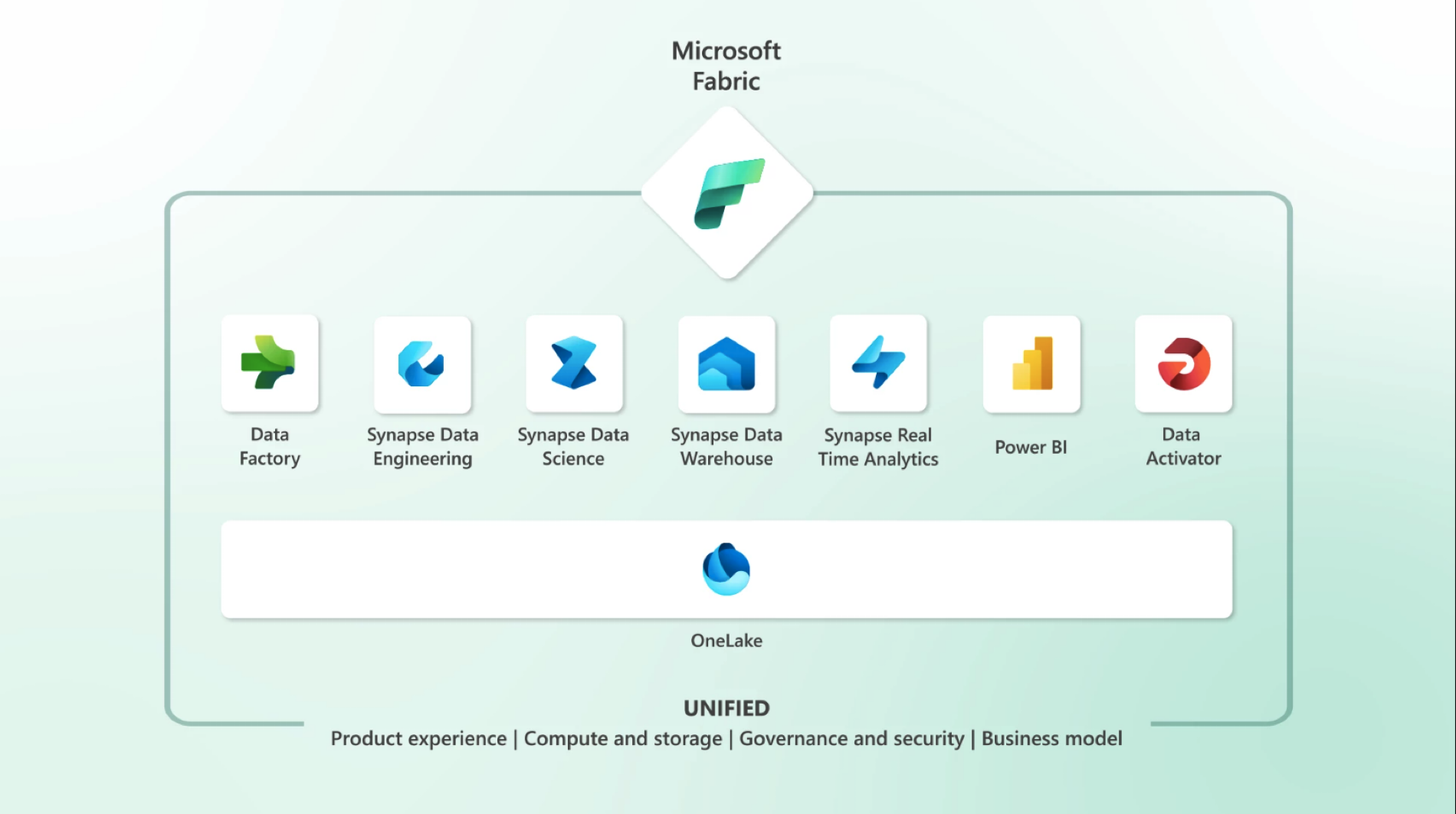Why Microsoft Fabric Stands Out in the Crowded Data Platform Landscape
Quote from bsdinsight on 11 April 2025, 10:49Why Microsoft Fabric Stands Out in the Crowded Data Platform Landscape
In today’s data-driven world, businesses are navigating a maze of tools for data ingestion, storage, transformation, analytics, governance, and visualization. While many platforms offer fragmented solutions, Microsoft Fabric is reshaping the landscape with a truly unified approach.
Here’s why Microsoft Fabric is becoming a game-changer:
1. All-in-One Platform
✓ Unlike traditional architectures that rely on stitching multiple tools together, Microsoft Fabric consolidates:
✓ Data Engineering (Spark-based notebooks)
✓ Data Factory (ETL pipelines)
✓ Data Science (ML model training & scoring)
✓ Real-Time Analytics (KQL support, event streaming)
✓ Power BI for business insights
All seamlessly connected through OneLake, a unified, open data lake — think “OneDrive for data.”2. Elimination of Data Silos
With OneLake and DirectLake technology, you no longer need to move or duplicate data across tools. Fabric enables multiple workloads to operate on the same data without copies, reducing complexity and cost while improving data governance.
3. Built for Everyone
✓ Fabric empowers every persona:
✓ Engineers love the Spark-native experiences and pipeline capabilities.
✓ Data Scientists appreciate the ML support and Lakehouse integration.
✓ Business users can connect directly to OneLake via Power BI for self-service analytics. All within a familiar Microsoft 365 interface.
4. Native AI Integration
✓ Fabric is designed with AI-first experiences — from copilots in Power BI to intelligent data preparation. This accelerates decision-making and enhances productivity across roles.
5. Security, Compliance & Governance by Design
✓ With integration into Microsoft Purview and Azure AD, Fabric inherits enterprise-grade security, access control, lineage, and compliance features — a huge win for regulated industries.
6. Cost Optimization
✓ A unified platform means fewer licensing complexities, reduced data duplication, and more efficient compute usage — all of which translate into lower total cost of ownership.
Why Microsoft Fabric Stands Out in the Crowded Data Platform Landscape
In today’s data-driven world, businesses are navigating a maze of tools for data ingestion, storage, transformation, analytics, governance, and visualization. While many platforms offer fragmented solutions, Microsoft Fabric is reshaping the landscape with a truly unified approach.

Here’s why Microsoft Fabric is becoming a game-changer:
1. All-in-One Platform
✓ Unlike traditional architectures that rely on stitching multiple tools together, Microsoft Fabric consolidates:
✓ Data Engineering (Spark-based notebooks)
✓ Data Factory (ETL pipelines)
✓ Data Science (ML model training & scoring)
✓ Real-Time Analytics (KQL support, event streaming)
✓ Power BI for business insights
All seamlessly connected through OneLake, a unified, open data lake — think “OneDrive for data.”
2. Elimination of Data Silos
With OneLake and DirectLake technology, you no longer need to move or duplicate data across tools. Fabric enables multiple workloads to operate on the same data without copies, reducing complexity and cost while improving data governance.
3. Built for Everyone
✓ Fabric empowers every persona:
✓ Engineers love the Spark-native experiences and pipeline capabilities.
✓ Data Scientists appreciate the ML support and Lakehouse integration.
✓ Business users can connect directly to OneLake via Power BI for self-service analytics. All within a familiar Microsoft 365 interface.
4. Native AI Integration
✓ Fabric is designed with AI-first experiences — from copilots in Power BI to intelligent data preparation. This accelerates decision-making and enhances productivity across roles.
5. Security, Compliance & Governance by Design
✓ With integration into Microsoft Purview and Azure AD, Fabric inherits enterprise-grade security, access control, lineage, and compliance features — a huge win for regulated industries.
6. Cost Optimization
✓ A unified platform means fewer licensing complexities, reduced data duplication, and more efficient compute usage — all of which translate into lower total cost of ownership.

